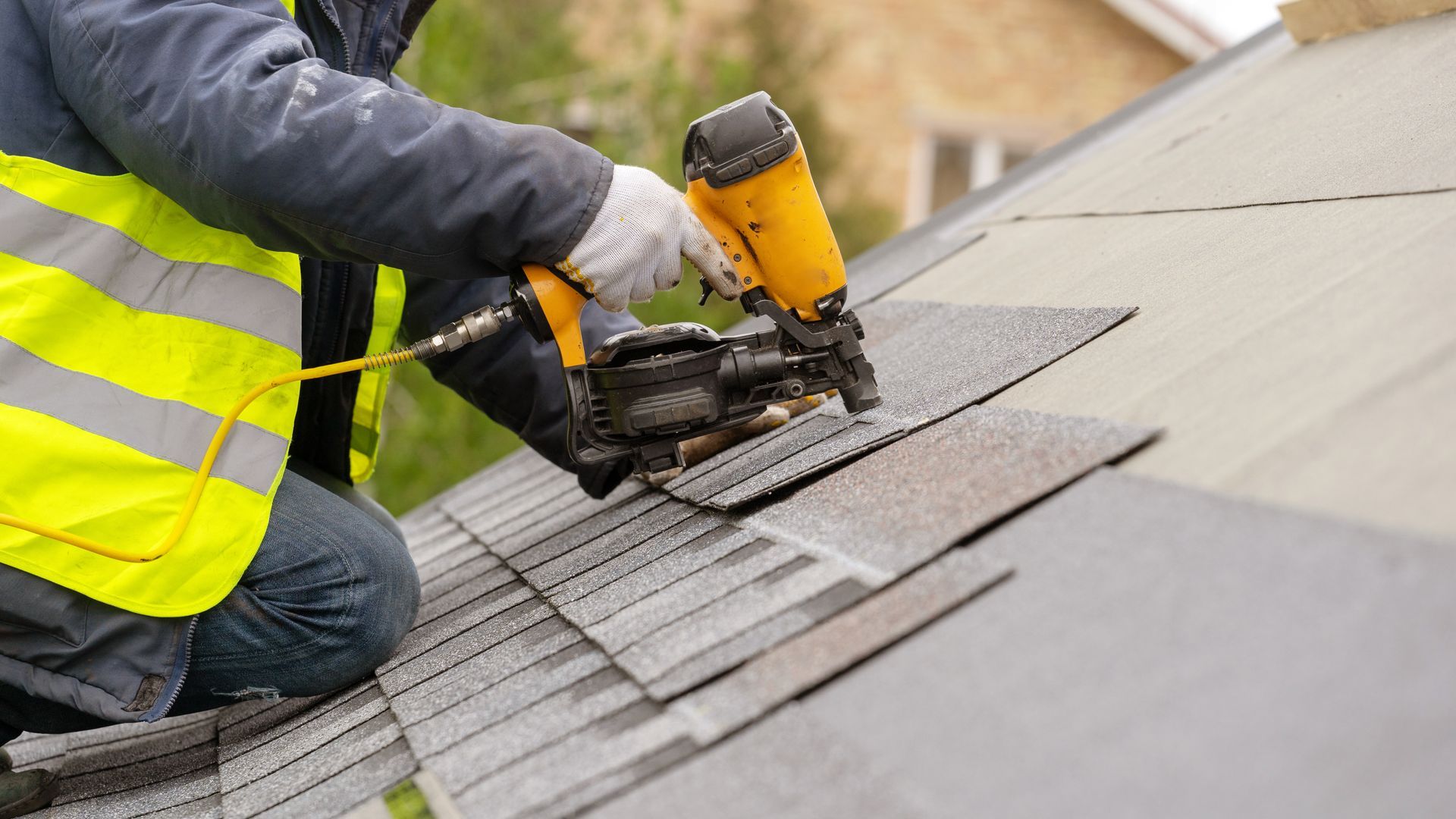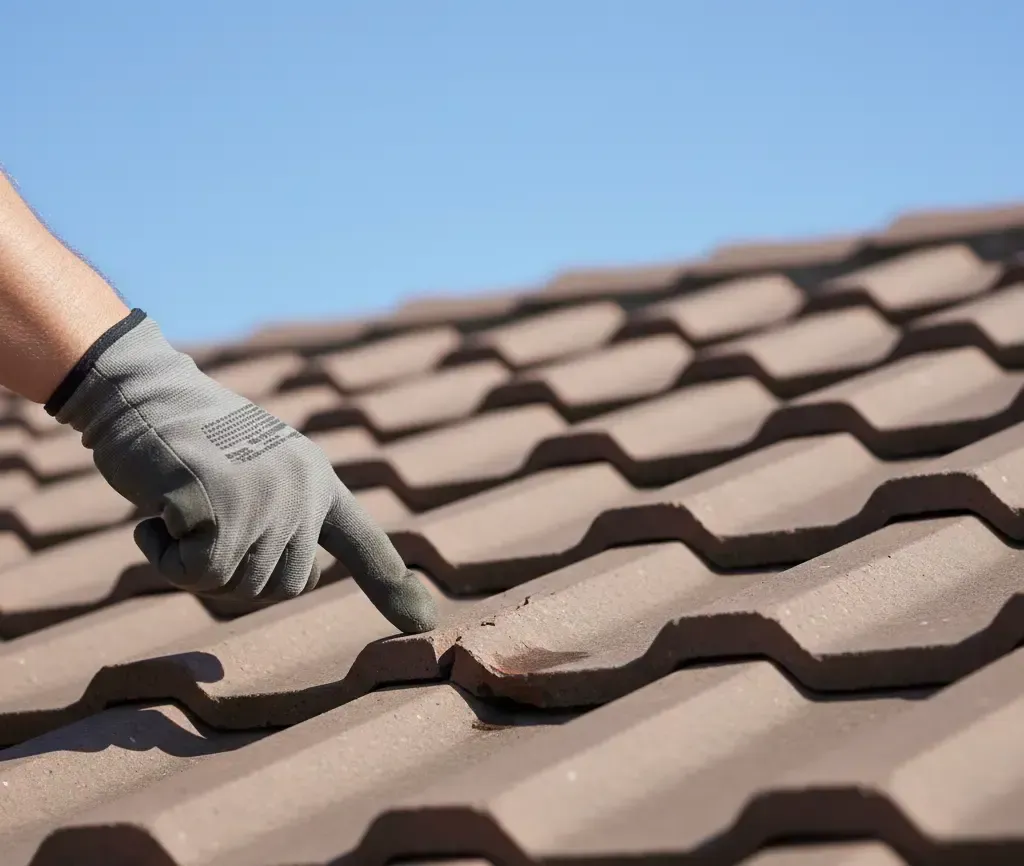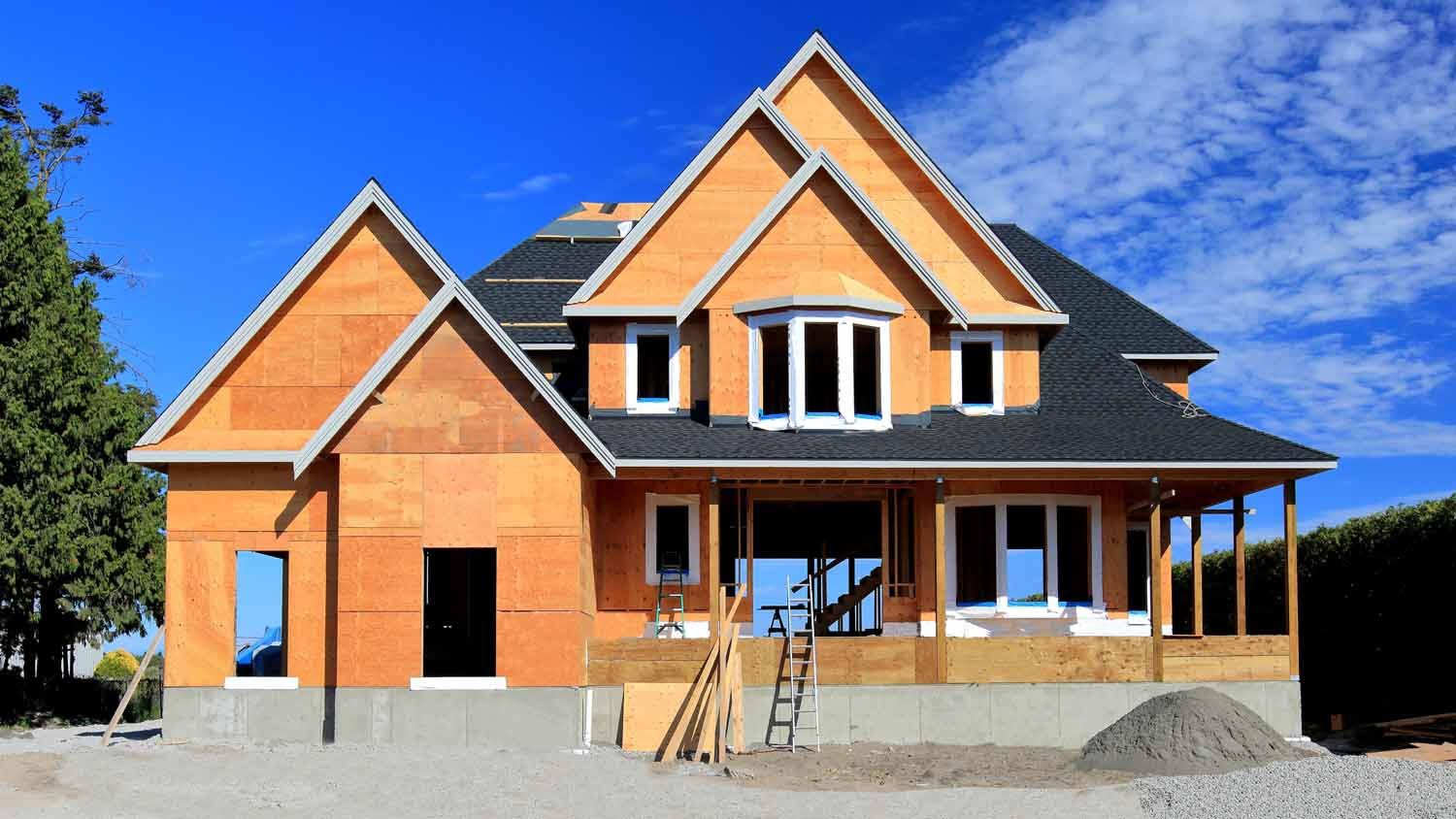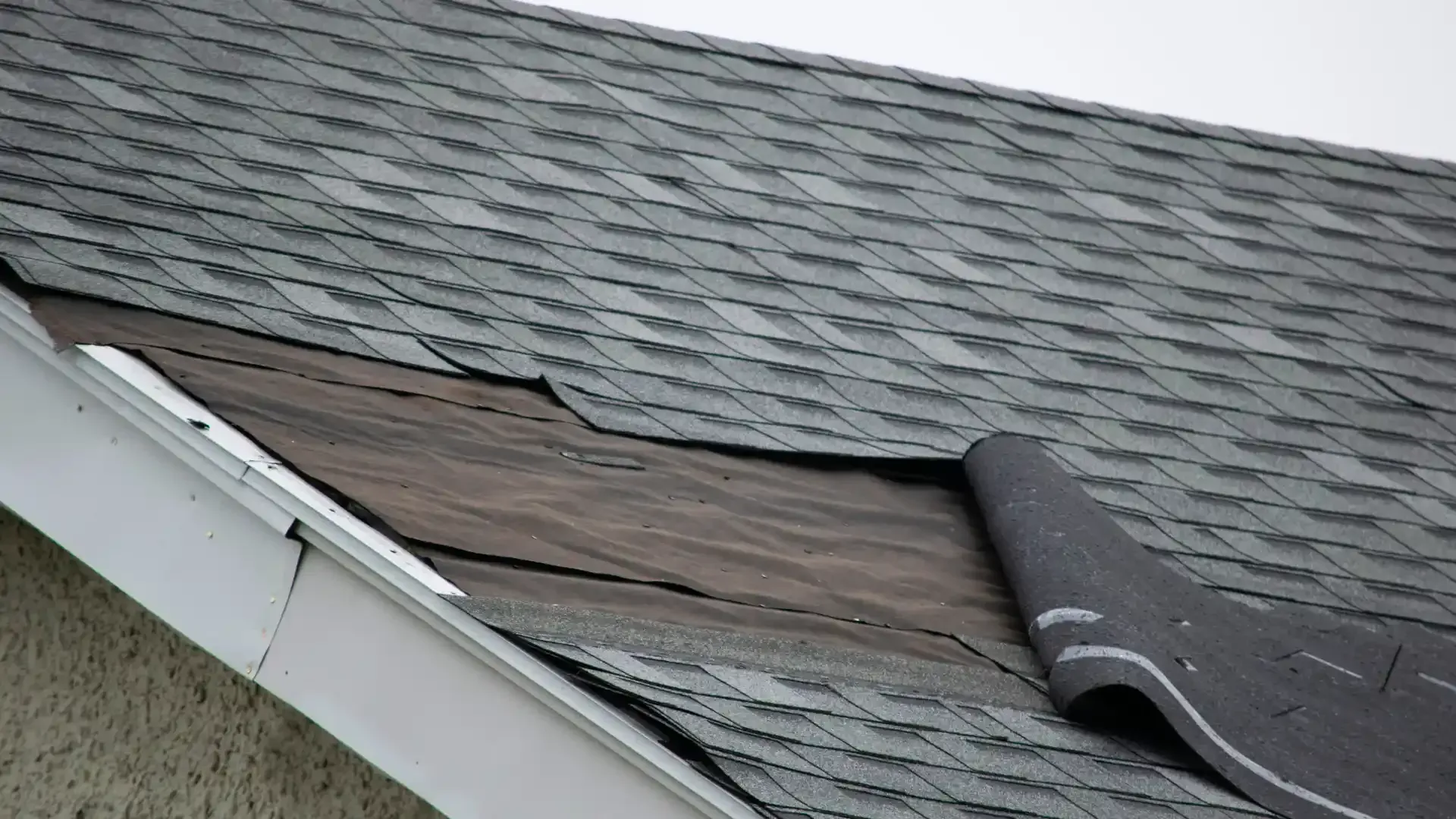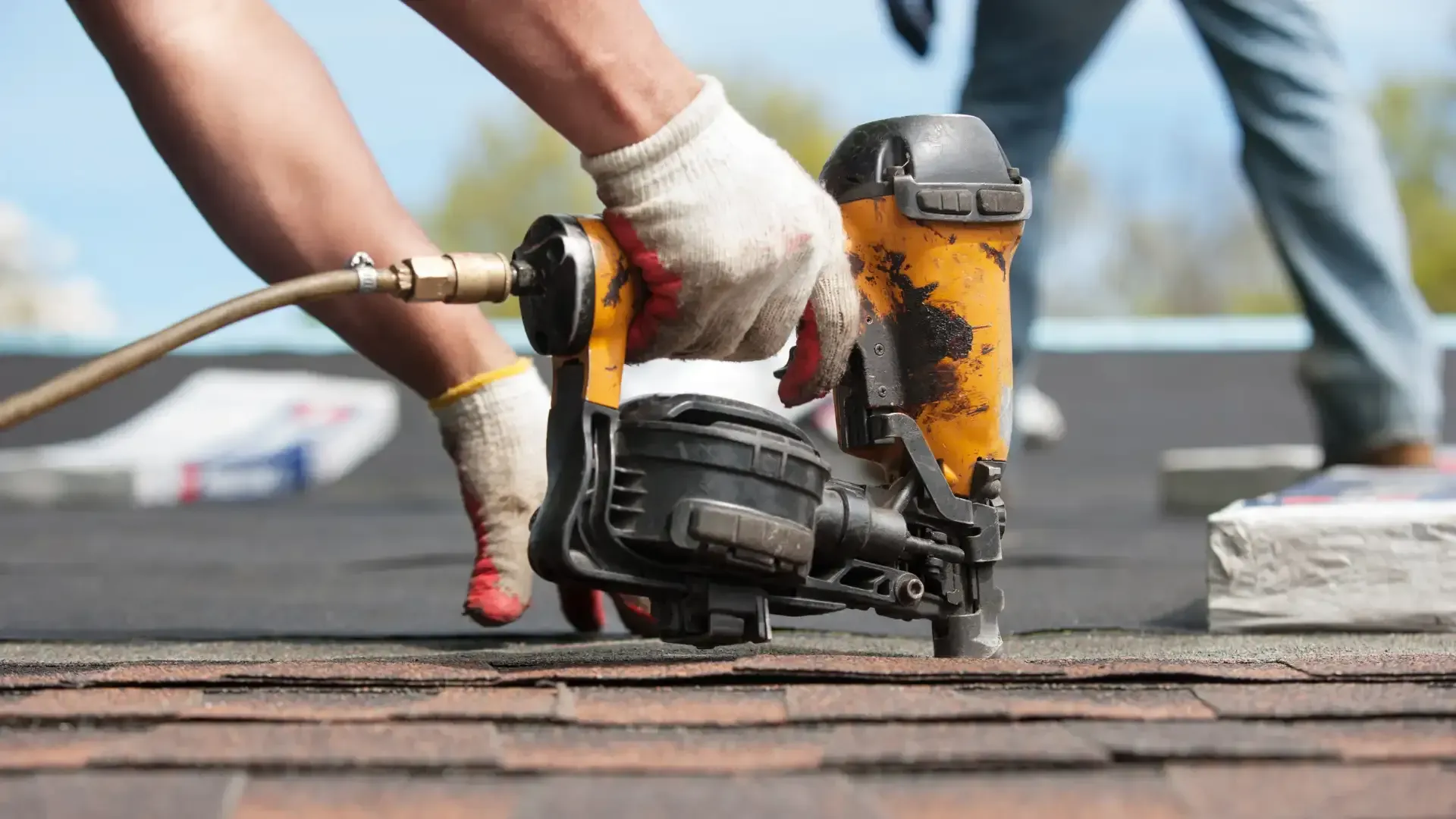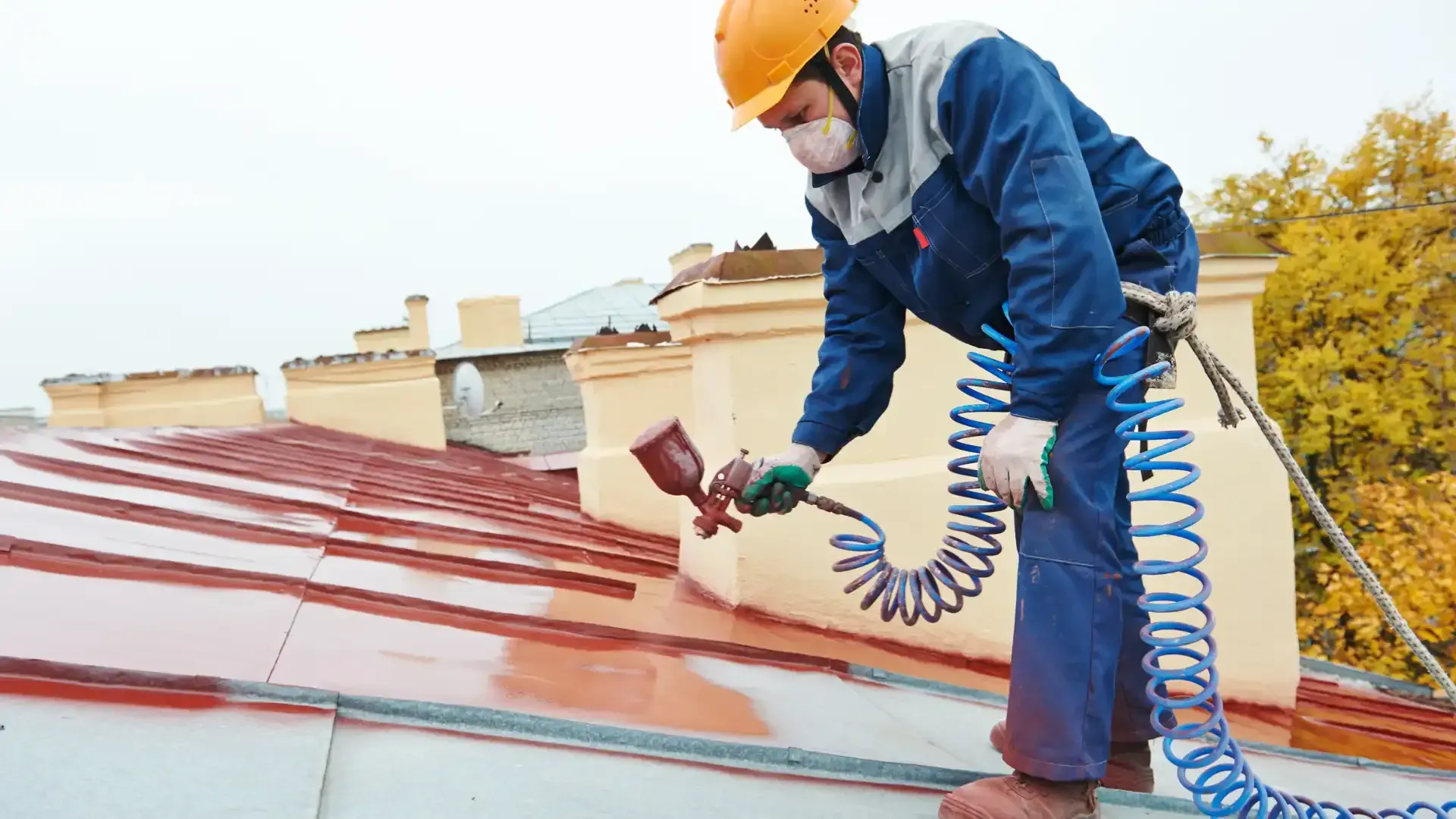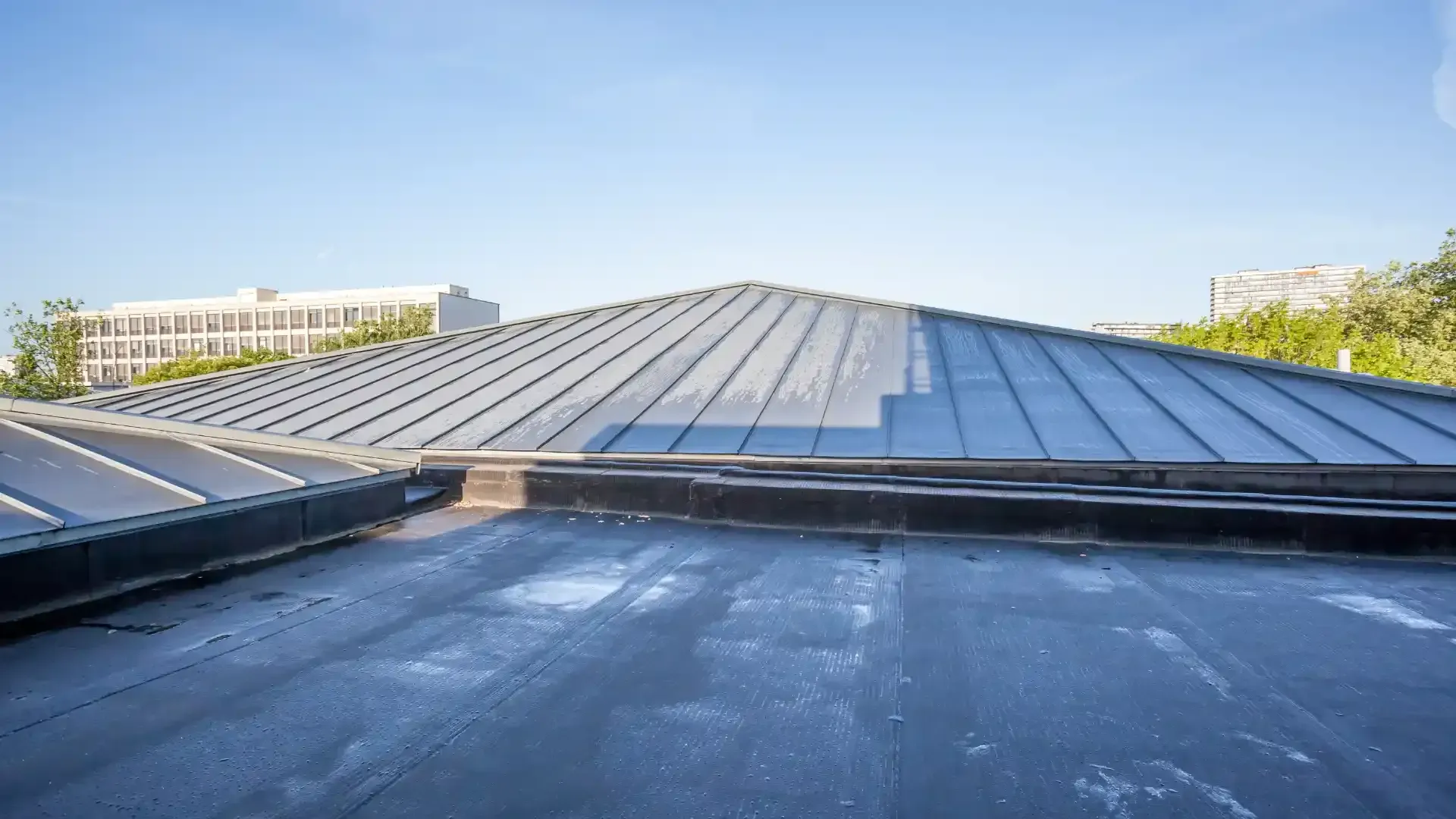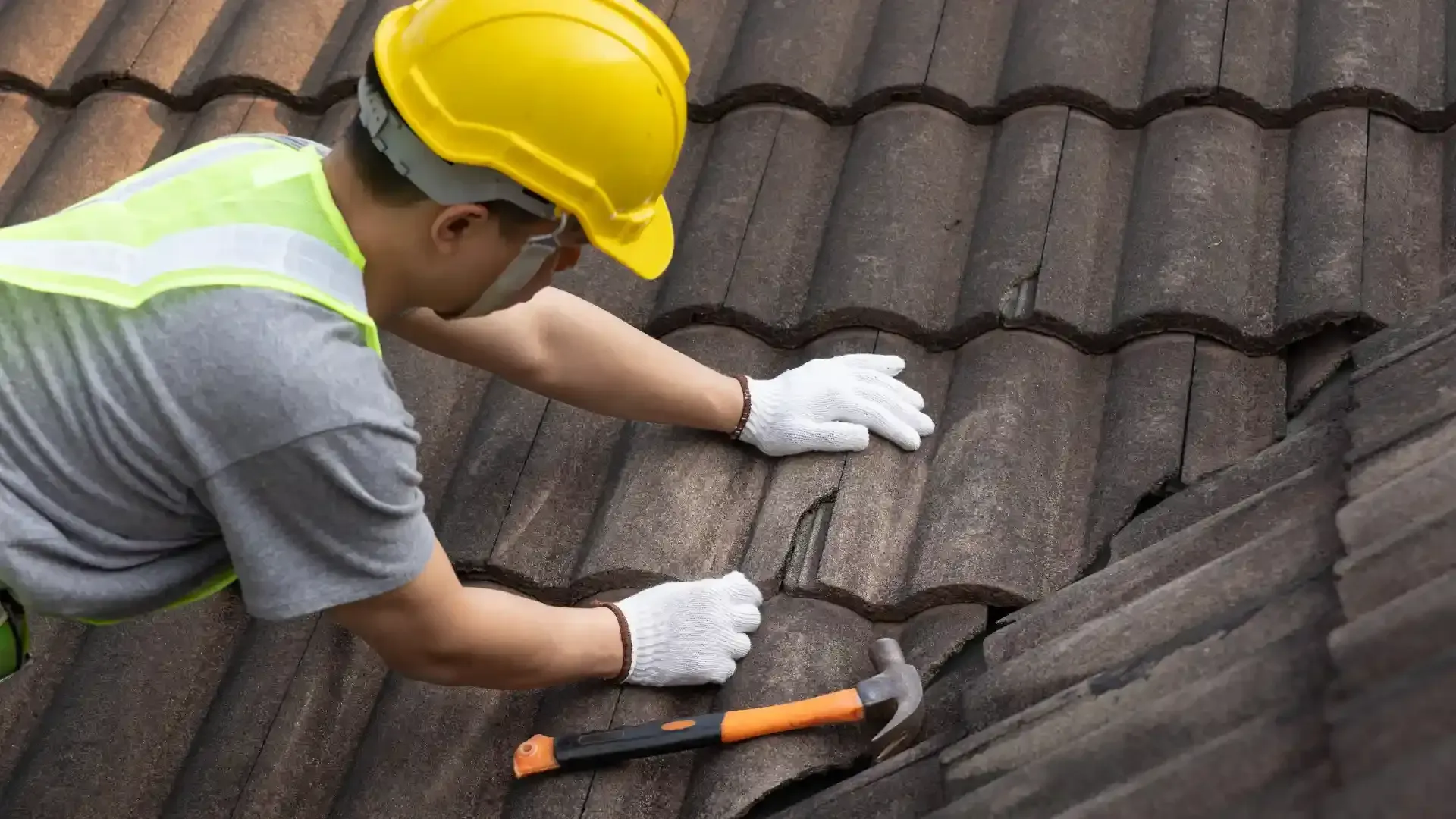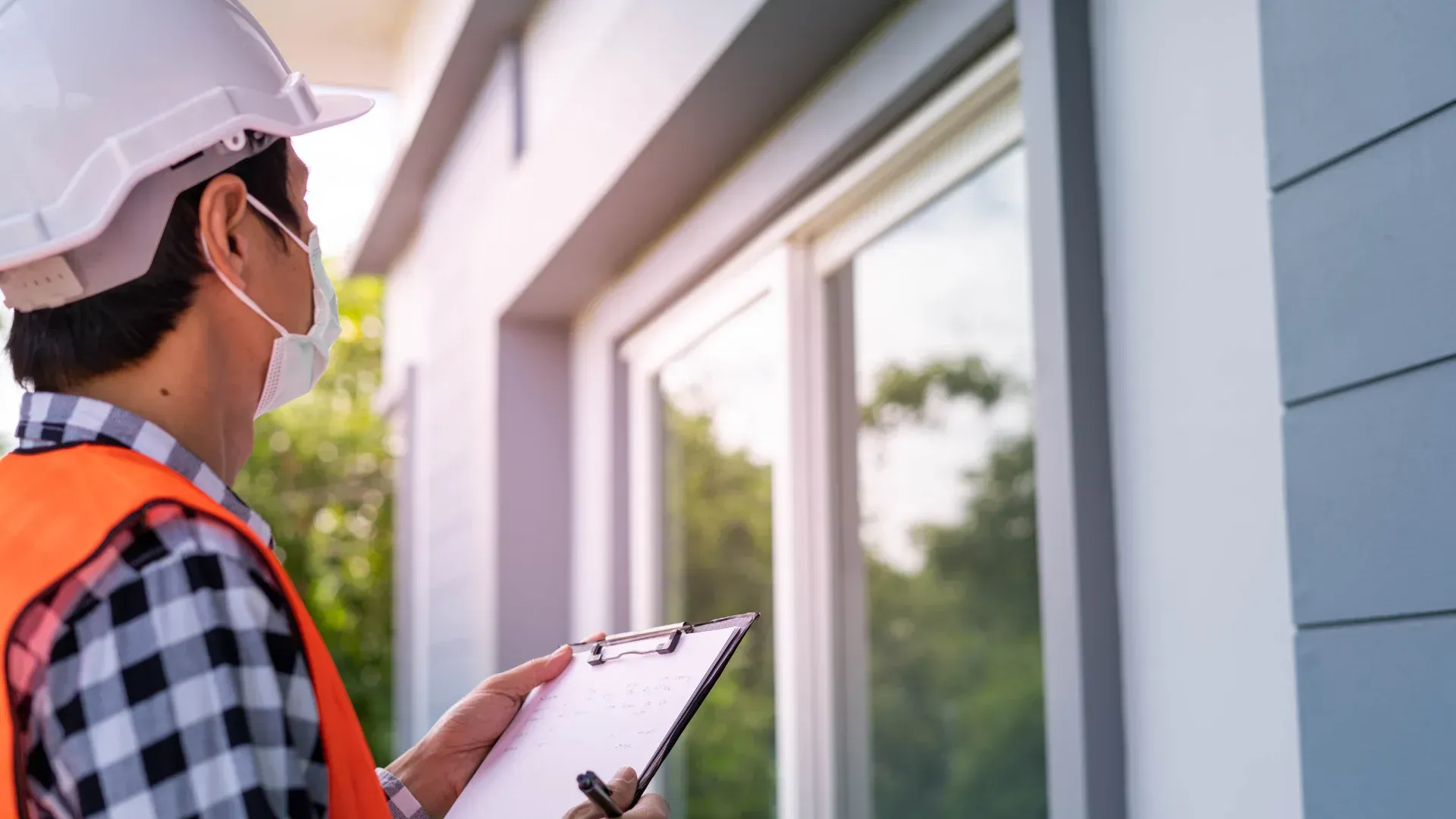Do Monsoons Cause Roof Damage?
Yes, absolutely. The Arizona monsoon season is one of the most significant threats to the integrity of your roof each year. These storms are more than just dramatic dust and rain; they deliver a powerful one-two punch of destructive forces that can compromise even a well-maintained roof.
Understanding how monsoons cause damage is the first step in protecting your home.
How Monsoon Storms Wreak Havoc on Your Roof
The damage comes from two primary sources: wind and water.
- High Winds Tear Materials Apart: Monsoon microbursts can generate powerful, sudden winds capable of lifting and
blowing off shingles or tiles. Once a single shingle is lost or a tile is broken, it creates an opening for water and exposes the surrounding materials to further wind uplift, leading to more damage.
- Driving Rain Finds Weak Points: The horizontal, driving rain during a monsoon doesn't just fall on your roof—it gets forced underneath materials. This torrential water
quickly exposes weak points in flashing or underlayment that might have held up to gentle vertical rain. Even a tiny gap around a vent pipe or a thin spot in the underlayment can become a major leak.
What Roof Damage to Look for After a Storm
Once it is safe to do so, you can visually inspect your property from the ground. Look for these common signs of monsoon damage:
- Missing or Lifted Shingles: Look for patches that look different or where the roof deck might be visible.
- Cracked or Broken Tiles: Look for tiles that are clearly shattered or missing entirely.
- Granules in Gutters: An excessive amount of asphalt granule accumulation after a storm indicates shingles were battered and lost their protective coating.
- Debris on the Roof: Fallen tree limbs or other debris can puncture materials or scrape protective coatings.
- Leaks or Water Stains Inside:
The most urgent sign. Check your attic and ceilings for any moisture or new discoloration.
The Most Important Step After a Storm
A visual check from the ground is helpful, but it misses hidden damage. The most critical action you can take is to schedule a professional roof inspection.
After a strong storm, a professional roof check is highly recommended.
Our experts safely conduct a thorough inspection to find damage you can’t see, such as:
- Loose or damaged flashing around chimneys and vents.
- Compromised seals and underlayment.
- Subtle cracks or holes that could lead to future leaks.
How to Prepare Your Roof for Monsoon Season
Proactive maintenance is your best defense.
- Schedule a Pre-Season Inspection: The best time to find and fix vulnerabilities is before the storms hit. A spring inspection can identify loose flashing, worn seals, or damaged tiles that need repair.
- Keep Roof and Gutters Clean: Ensure valleys and gutters are free of debris so water can flow off your roof efficiently, preventing pooling and backups.
- Trim Overhanging Trees: Cut back any branches that could break off in a windstorm and puncture your roof.
Don't Wait for a Leak to Appear Inside
Monsoon damage often starts small. What seems like a minor issue can lead to significant water intrusion and mold growth if left unaddressed.
We offer
free, no-obligation post-storm inspections. We will provide a clear, honest assessment of any damage and a detailed plan for repairs to secure your home before the next storm.
Did the latest storm hit your neighborhood? Protect your home now. Schedule your free damage inspection today.
Frequently Asked Questions
Q: Will my homeowners insurance cover monsoon damage?
A: Most policies cover damage caused by sudden, specific events like windstorms or hail. They typically do not cover damage from lack of maintenance. We can help you document storm-related damage for your insurance claim.
Q: How soon should I get an inspection after a storm?
A: As soon as it is safe. Prompt inspection and repair prevent further damage from subsequent rains and can make the insurance claims process smoother.
Q: Can a small leak wait to be repaired?
A:
No. Even a small leak indicates your roof’s integrity is compromised. Arizona rains will quickly find and exploit that weakness, leading to more extensive and costly damage to your home’s interior and structure.
